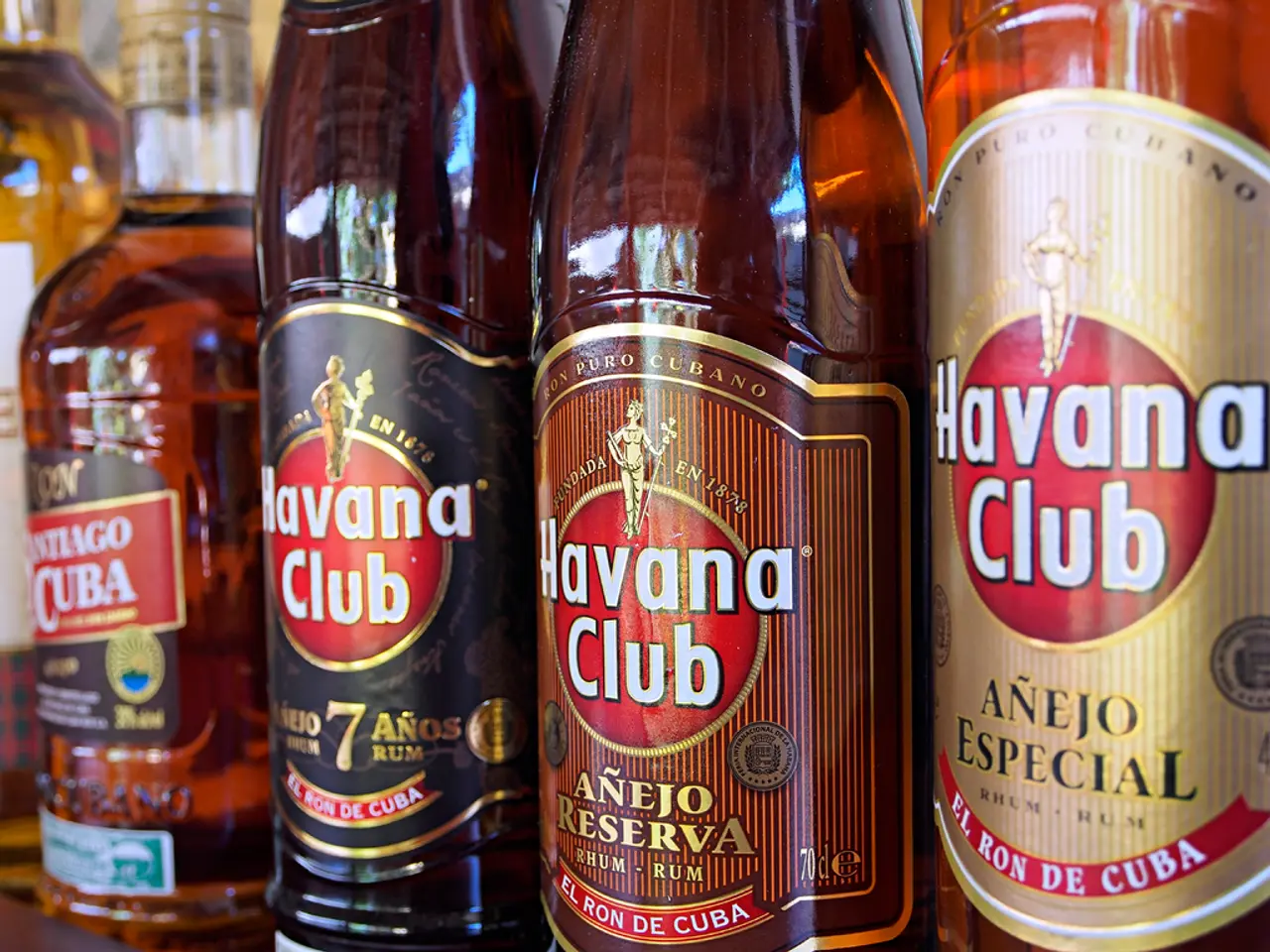People in America are consuming slightly fewer ultra-processed foods
Ultra-Processed Food Consumption in the United States Shows Modest Decline but Remains a Public Health Concern
According to a recent survey by the Centers for Disease Control and Prevention (CDC), ultra-processed food (UPF) consumption in the United States remains high, with Americans still getting over half of their daily calories from UPFs.
Between 2021 and 2023, U.S. adults consumed on average 53% of their calories from ultra-processed foods, down slightly from 56% in 2017–2018. Youth, however, consumed even more, about 62% of their calories from UPFs with a similar slight decline from previous years. This reflects a consistent pattern over the past decade of over half of calorie intake coming from UPFs.
Comparatively, while the exact current figures for other Western countries are not included in the results, U.S. UPF consumption is notably high. Studies have indicated that the U.S. and other Western countries such as the UK, Canada, and Australia generally show high UPF consumption, but rates in the U.S. are often among the highest worldwide.
Health implications of high UPF consumption are substantial. These foods typically contain high amounts of saturated fat, added sugars, sodium, artificial additives, and have lower content of fiber, micronutrients, and beneficial phytochemicals. Research links UPF intake to increased risks of obesity, type 2 diabetes, cardiovascular disease, and certain cancers. Excessive UPF consumption is also associated with poorer overall nutrition and contributes significantly to chronic diseases driving the current U.S. health crisis.
Notably, public health authorities including the CDC and FDA are studying possible regulatory measures such as defining ultra-processed foods formally and restricting access to certain UPFs through food assistance programs, especially for low-income groups. Awareness and slight recent decreases in UPF consumption suggest some shifting consumer behavior, but the dominance of these foods remains a critical public health issue in the U.S.
Some efforts to reduce UPF intake have been made. For instance, former first lady Michelle Obama spearheaded a campaign in the 2010s to encourage healthier eating and more exercise. Synthetic food dyes are also being targeted for removal by Kennedy's pressure campaign, with Kellogg's being one of the latest brands to sign on.
Sandwiches, including burgers, and sweet bakery products were the top ultra-processed food choices for both US youth and adults. Sweetened beverages were also high on the lists of UPF consumption for both age groups.
In summary:
| Aspect | United States | Other Western Countries (Overview) | |-----------------------------|------------------------------------|---------------------------------------------| | UPF calorie contribution | ~53% adults, ~62% youth (2021-2023) | Generally high, but often lower or more variable compared to U.S. | | Recent trend | Slight decrease since 2017–2018 | Some countries show efforts reducing UPFs; varies regionally | | Health implications | Obesity, diabetes, heart disease, cancer, poor overall nutrition | Similar health risks linked to UPFs globally | | Regulatory response | Exploring definitions, restricting purchases for vulnerable groups | Varies by country; some have stronger labeling or restrictions |
This data highlights that the U.S. currently holds a critical position with ultra-processed foods dominating diets, contributing heavily to chronic disease risks, and exhibiting only modest recent declines despite public health efforts.
- Despite a slight decline in ultra-processed food (UPF) consumption, science indicates that over half of American's daily calories still come from these foods, causing concern for health-and-wellness.
- The Centers for Disease Control and Prevention (CDC) and the Food and Drug Administration (FDA) are exploring policy-and-legislation to define UPFs formally and restrict access to certain ultra-processed foods, particularly for low-income groups.
- Research shows that nutrition derived from UPFs is often inadequate, resulting in poorer overall lifestyle, food-and-drink choices, and contributing significantly to chronic diseases such as obesity, type 2 diabetes, cardiovascular disease, and certain cancers.
- Cooking at home using healthy-cooking methods and emphasizing nutrition in food-and-drink choices are essential in combating the negative effects of ultra-processed foods on health.
- While U.S. UPF consumption is notably high compared to other Western countries, political policies and regulations play a substantial role in shaping food habits, as demonstrated in initiatives like Michelle Obama's campaign promoting healthier lifestyles and exercise.
- Although there are some efforts being made to reduce UPF intake, understanding the role these foods play in public health and seeking long-term strategies to encourage healthier food-and-drink choices are crucial for the general-news landscape moving forward.





